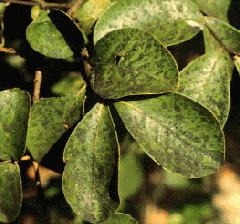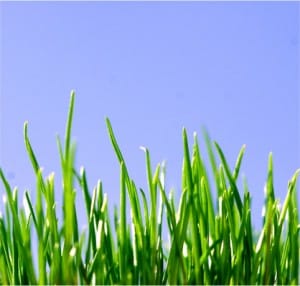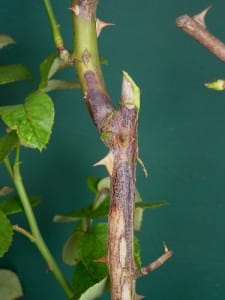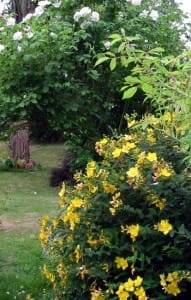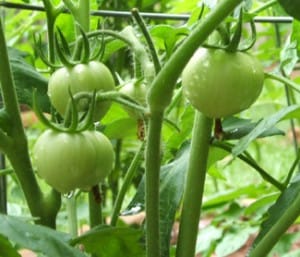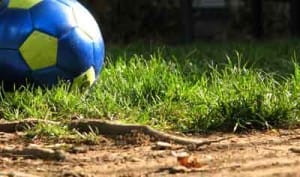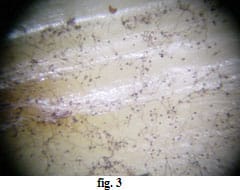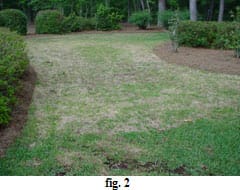Source(s): Gary L Wade
Unlike the nursery or greenhouse industry that require a large capital investment to start, a landscape business requires less start-up funds. However, there are certain legal requirements for someone entertaining the business in terms of permits and licenses that must be obtained. These permits and licenses could result in a considerable outlay of money for new firms.
First, a firm must have a business license for the municipality in which the business is based. If a firm is headquartered in one county but does business in five adjoining counties, it may or may not have to have a business license in each of those counties. It is suggested that the landscaper check with the business license office in counties where business is done to determine if a business license is necessary. Some local municipalities have local requirements, while others do not.
Landscape contractors who handle and distribute plant materials must have a Nursery Dealer’s License from the Georgia Department of Agriculture. Also, any plants distributed must be purchased from licensed Nursery Growers and must be free of insects and diseases at the time of installation. If a landscape firm also grows it’s own plant material, it must also have a Nursery Grower’s License. Nursery Growers and Dealer’s Licenses are available from the Georgia Department of Agriculture, Plant Production Division, 19 Martin Luther King Jr. Dr., SW, Atlanta, GA 30334. Phone (404) 651-9486.
A Commercial Pesticide Applicator’s License is required of a person who applies pesticides to the land of another person for hire, or directs the application of pesticides by subordinates. A firm applying pesticides for hire must have a Pesticide Contractor’s License. Both of these licenses can be obtained through the Georgia Department of Agriculture, Phone (404) 656-4958.
If the firm will be installing hardscapes, such as brick walls, decks, etc., a building permit or Contractor’s License is required. Contact the local government for information on permits required.
All irrigation installers are required to have a Low Voltage Electrician’s License before they can install irrigation systems. The license is obtained through the Secretary of State’s office in Atlanta and requires one to pass a written test.
All businesses need to obtain a tax number from the Internal Revenue Service. If a landscaper plans to use part-time workers, temporaries, or subcontractors, the IRS has some rather complicated and specific rules in this area that he must understand and follow.
Speaking of liability, firms doing the work on the properties of others must have liability insurance. Generally, liability insurance rates increase dramatically when a firm applies pesticides on the properties of others. This finding has caused many newcomers to the landscape profession to think twice about offering pesticide services to clients.
Landscape maintenance professionals applying pesticides, including insecticides, fungicides herbicides or growth regulators, to a landscape site are required to post the property with a sign that reads: CAUTION: PESTICIDE APPLICATION….KEEP OFF. Also, the bottom of the sign should read as follows: “This sign may be removed on the day after application.” Firms may also have their name and address printed on the sign. The signs must be 4″ x 5″ in size and made of sturdy, weather resistant material. Contact the Georgia Department of Agriculture for additional information. The Georgia Department of Agriculture also has a source list of manufacturers who make the signs.
Finally, Georgia House Bill 417, passed during the 1993 legislative session, relates to who can and cannot do landscape design work for money. According to this act, only a Registered Landscape Architect can sell his design. A Registered Landscape Architect is one who passes a stringent Landscape Architect’s Certification Exam administered by the American Society of Landscape Architects and is licensed with the GA Secretary of State’s Office). A landscape contractor, designer or retailers (or anyone who is not a Registered Landscape Architect) who performs design services can not charge for his/her design and must follow up by installing the design. Newcomers to the landscape profession need to be aware of this act if they are considering design services as a part of their business.
Center Publication Number: 124
